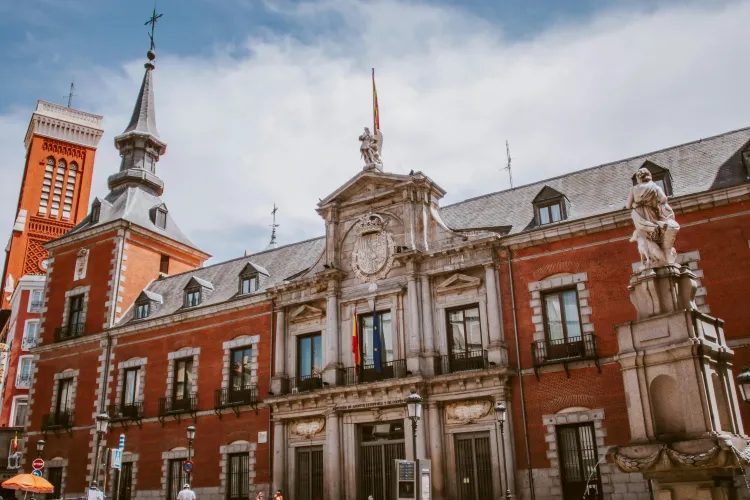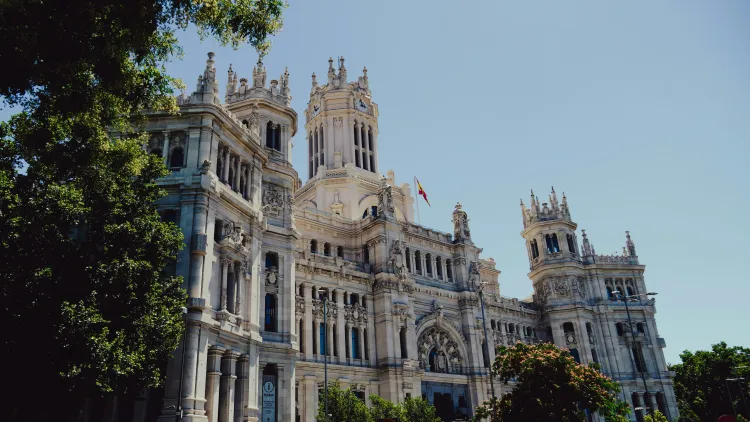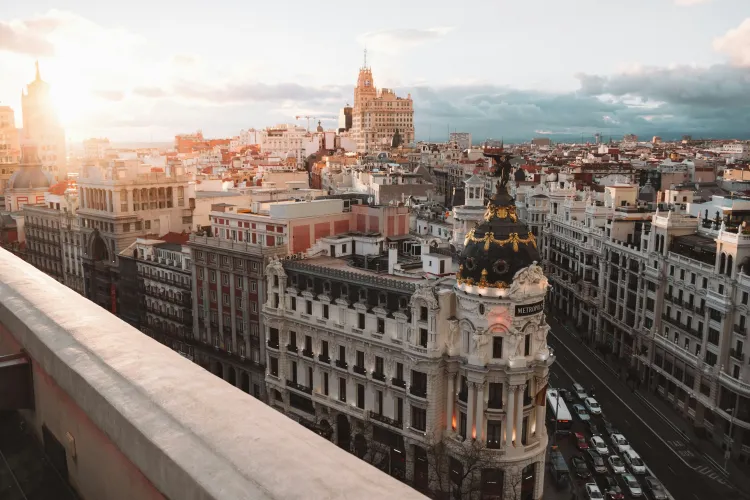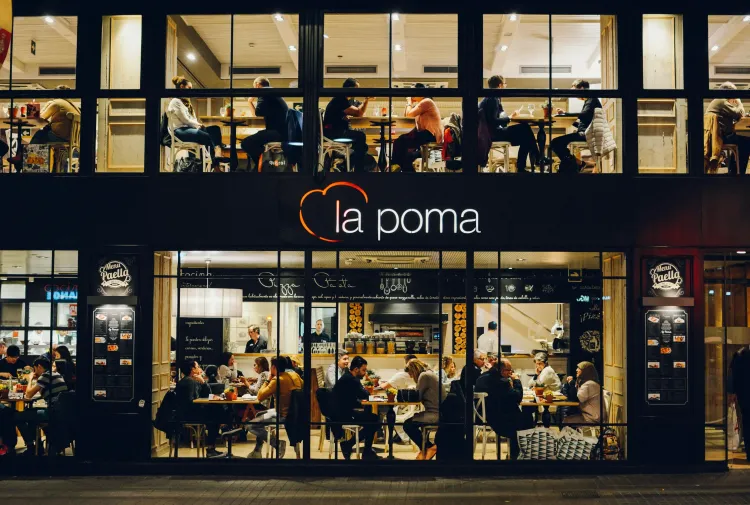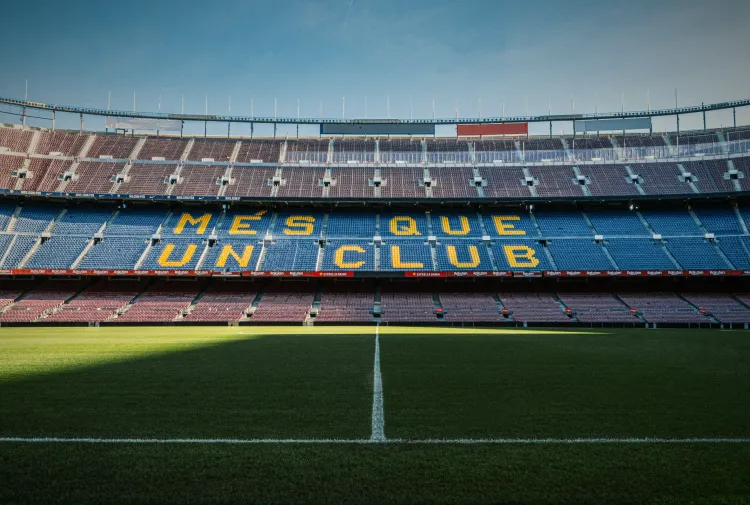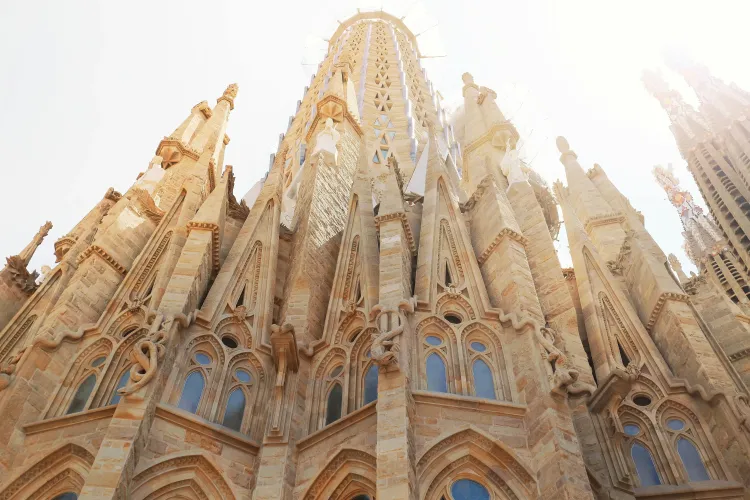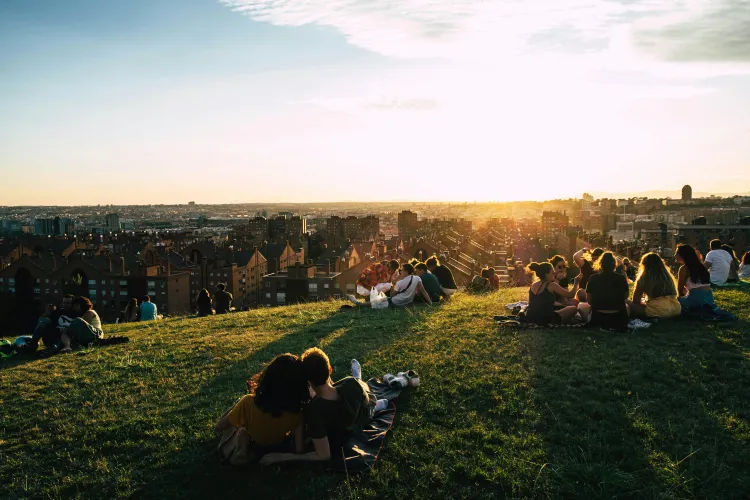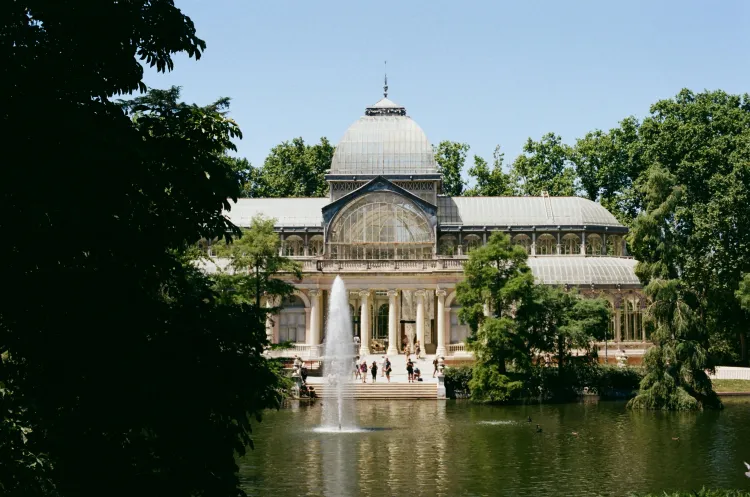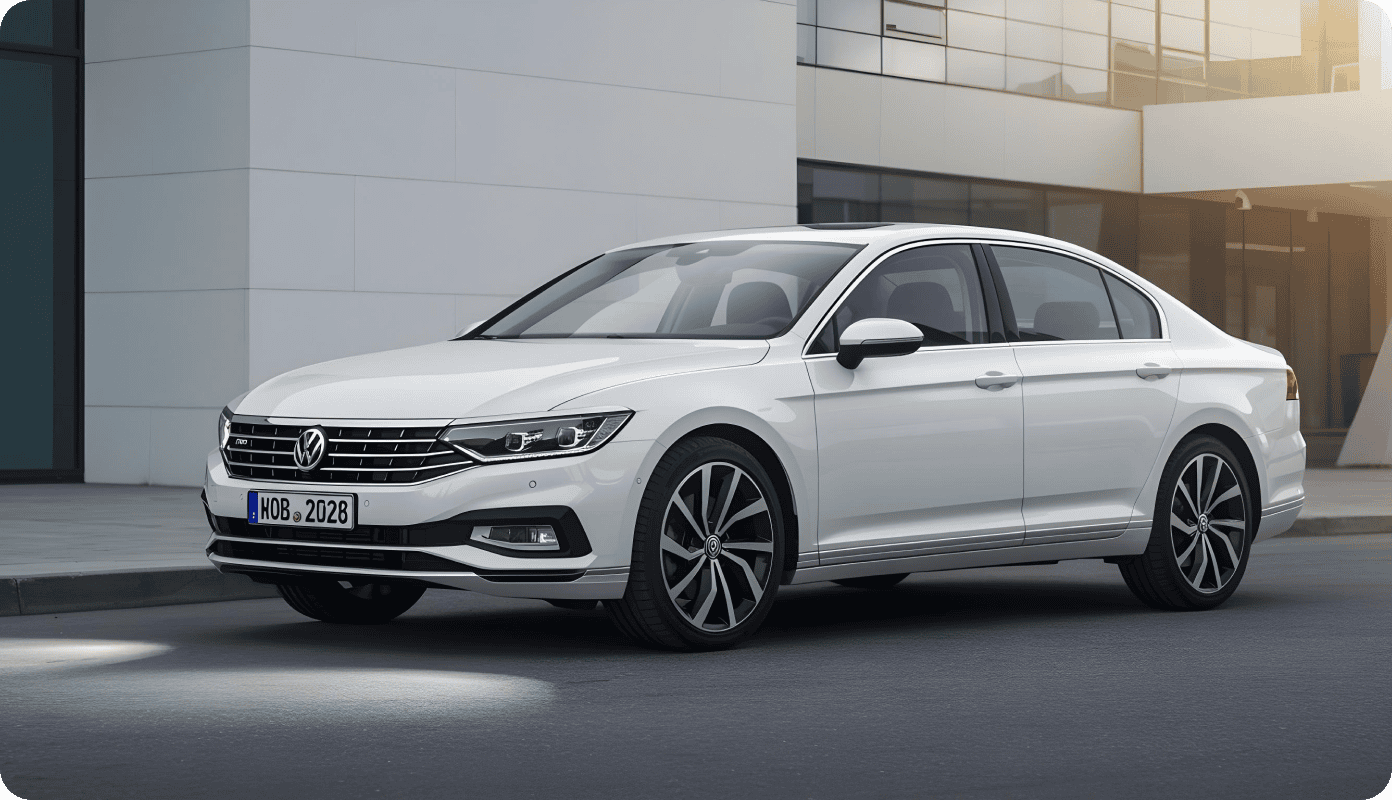Spain is a country that has it all! Buzzing with thrilling art legacies, famed architecture, design and music scenes, and an electrifying nightlife that runs on tapas and techno. But there’s also a huge bonus when it comes to vacationing here: gourmet dishes prepared by some of the world’s best chefs and the golden, sun-drenched beaches with glittering azure waters of the Mediterranean.
Do beach destinations like Barcelona immediately come to mind when you think of Spain? Fancy a dream vacation at the iconic Playa de la Barceloneta, an impossible mélange of a city break and seaside escape?
Barcelona proves perennially popular with travelers, and for good reason. But then there’s Madrid, Spain’s elegant capital, with all that culture, history, and nightlife. Barcelona has long sought independence from Spain. Madrid, on the other hand, represents the Spanish monarchy, serving as the symbol of imperial power and headquarters for the authorities.
So, which city is better, Barcelona or Madrid, if you can only travel to one? Barcelona’s La Sagrada Família, the monument that fuses the human and the divine, bringing you closer to yourself? Or, Las Meninas, Spain’s masterpiece that captures the surreal relationship between life and art, alluding to doors and mirrors opening to hidden worlds? Here’s everything you need to know about visiting Madrid vs Barcelona, including the cultural hotspots to soak up, the flavors to savor, and the icons that make each city unforgettable.
But before you experience it all, book a Kiwitaxi airport transfer from Barcelona El Prat airport or Adolfo Suárez Madrid-Barajas Airport, and you’ll glide straight from baggage claim to your hotel base in Spain: stress-free, in style, and with the peace of mind that every detail is in expert hands.
